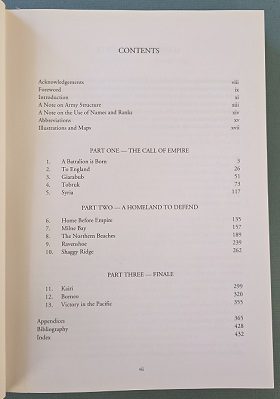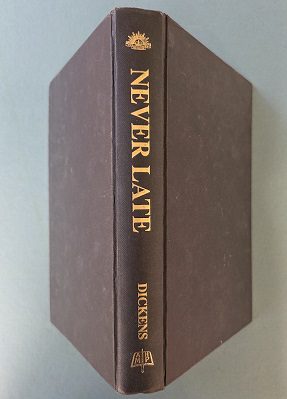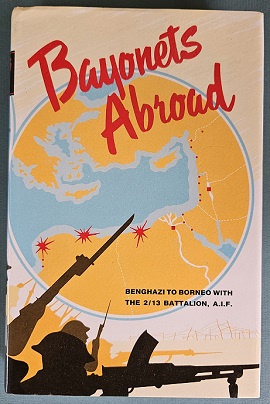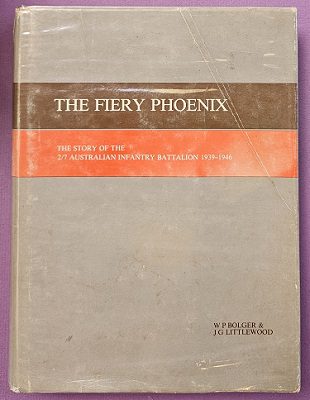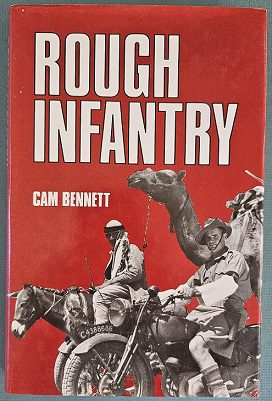Description
Title: All the King’s Enemies: A History of the 2/5th Australian Infantry Battalion
Author: Trigellis-Smith, Syd
Condition: Near Mint
Edition: 1st Edition
Publication Date: 1988
ISBN: 0731610202
Cover: Hard Cover with Dust Jacket – 423 pages
Comments: The history of the 2/5th Battalion 1939 to 1945.
The title of this unit history has a special significance because the 2/5th Battalion was one of only two Australian Infantry Battalions to campaign against the King’s enemies in World War Two.
Along with the 2/3rd Battalion it was involved in the campaigns in Libya against the Italians, In Greece against the Germans in Syria against the Vichy French, and in New Guinea against the Japanese.
Raised in Melbourne in October 1939 as part of the 17th Brigade, Sixth Division, the 2/5th sailed for the Middle East in April 1940 and took part in Australia’s first battle at Bardia in January 1941. It was in action near Wewak , New Guinea, when the war finished on 15th August , 1945.
Nearly 3000 young men went through its ranks in the six years of war, including 49 sets of brothers, and one father and son. One of the members summed up the unit as follows: “We won no Victoria Crosses; we were not famous; but we proved ourselves at Bardia and for sheer dependability and duty well done, we have no better.” This then, is the story of a fine Battalion which played its part when the country was in need.
The 2/5th Battalion formed in Melbourne on 18 October 1939, as part of the 17th Brigade of the 6th Australian Division. The nucleus of the battalion was assembled in ensuing days at the Royal Melbourne Showgrounds, but its first drafts of recruits were not received until after it moved to the newly-established camp at Puckapunyal on 2 November. Basic training was completed there prior to the battalion’s departure for overseas service on 14 April 1940.
After arriving in the Middle East on 18 May 1940, the battalion undertook further training in Palestine and Egypt. The 2/5th took part in its first campaign – the advance against the Italians in eastern Libya – in January and February 1941, and participated in successful attacks at Bardia (3–5 January) and Tobruk (21–22 January). In early April, the 2/5th, with the rest of the 6th Division, deployed to Greece to resist the anticipated German invasion. For the 2/5th, the Greek campaign was essentially one long withdrawal from its initial defensive positions at Kalabaka (occupied on 14 April) to the port of Kalamata, from which it was evacuated on 27 April. A party of approximately 50 transport drivers were left behind in Greece and became prisoners. A similar sized group landed on Crete and, after fighting with the 17th Brigade Composite Battalion, also suffered the same fate.
Back in Palestine, the 2/5th was given little respite. In June and July 1941, it took part in the campaign in Syria, including the climactic battle of Damour (6–10 July) that sealed the defeat of the Vichy French forces. The battalion was destined to remain in Syria and Lebanon as part of the garrison force there until January 1942. It left the Middle East, heading for the war against Japan, on 10 March 1942. The 16th and 17th Brigades, however, were diverted on the voyage home. From early March to early July they defended Ceylon (present-day Sri Lanka) from possible Japanese attack. The 2/5th finally disembarked in Australia, at Melbourne, on 4 August 1942.
The 2/5th deployed to Milne Bay, in Papua, in early October 1942 but did not meet the Japanese in battle until the end of January 1943, when it joined the force defending Wau, in New Guinea. After much desperate fighting, the Japanese around Wau were defeated in early February. The 2/5th subsequently participated in the drive towards Salamaua and was heavily engaged around Goodview and Mount Tambu in July and August. After arriving back in Australia at Cairns on 23 September 1943, the 2/5th spent most of 1944 training in northern Queensland.
On 29 November 1944, the 2/5th disembarked at Aitape in New Guinea for its last campaign of the war. It spent much of the next seven months engaged mainly in arduous patrolling to clear the Japanese from the Torricelli and Prince Alexander mountain ranges. It was still engaged in this role when the war ended on 15 August 1945. The battalion embarked to return to Australia on 1 December and disbanded at Puckapunyal in early February 1946. It was one of only two battalions that fought all of Australia’s major enemies during the Second World War.
Includes Nominal Roll


